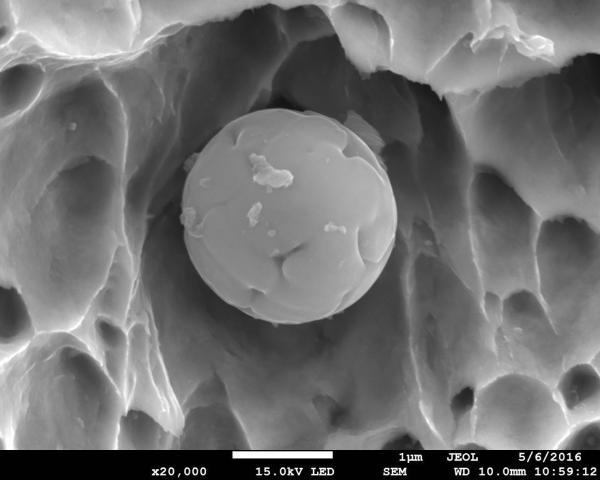Steel is the most widely used structural material in the world.It is at the heart of major manufacturing sectors such as the car industry, construction, packaging and defence.It is indispensable for national infrastructure such as transport, communications and energy, and for high-tech uses in energy-positive buildings to wind turbines and electric vehicles.
“This project is a huge boost for innovation as it massively speeds up the development of new alloys.It means steel producers can deliver new and better products to their customers far more quickly,” said Professor Steve Brown of Swansea University College of Engineering. “I am confident this partnership will help ensure our steel industry remains at the cutting edge of innovation.”
In the modern steel industry innovation is crucial to keep pace with changing technologies and customer requirements.
The problem, however, is that developing new steel alloys can be a very slow process, with lots of different stages.It requires expensive trials on hundreds of tonnes of material, much of which has to be remade into new steel products.
Martin Brunnock, Tata Steel’s UK technical director, said: “Steel is playing an essential role in helping to solve major societal challenges such as the transition to sustainable energy and mobility, and it’s vital we can keep pace through the faster development of innovative steel products.”
 Steel seen at the nano scale: new steels are being developed which are strengthened by tiny nano-level structures that are the same length as a human fingernail grows in 1 second. These are being used to make a new generation of lighter and more efficient cars (Credit: Advanced Imaging of Materials/Swansea University).
Steel seen at the nano scale: new steels are being developed which are strengthened by tiny nano-level structures that are the same length as a human fingernail grows in 1 second. These are being used to make a new generation of lighter and more efficient cars (Credit: Advanced Imaging of Materials/Swansea University).
Swansea University, Tata Steel and WMG, at the University of Warwick, which have a history of collaborating on steel research, have won funding from the Engineering and Physical Sciences Research Council (EPSRC), through the Prosperity Partnership initiative, to tackle this problem
Their solution is to combine physical testing and computational modelling to rapidly assess hundreds of small-scale samples, covering areas such as strength, electrical and mechanical properties, as well as durability and resistance to corrosion.
Test data can be fed into computational models, further refining their accuracy allowing for better and better predictions on the final material properties. Alloys which show promise can then be investigated at a larger scale and in more detail.
The process is called Rapid Alloy Prototyping.It has been under development at the MACH1 labs at Swansea University and the ASRC at Warwick.Effectively, it means that much of the testing can be carried out in research labs and imaging suites – a virtual factory – rather than in an actual steel plant.
The difference this new approach will make means that 100 samples can be tested in the time it currently takes to test one. These samples can be tiny – only a few grams – whereas current testing can require up to 900 tonnes of material, up to 98% of which has to be remade into new steel products at a cost to the business. In overall terms, it means newer and better steel products can be made ready for customers far more quickly
Professor Claire Davis of WMG at Warwick University, said: “It is an exciting time for researchers in steel as the rapid alloy processing facilities will allow us to trial new chemistries and process routes quickly to make recommendations for industrial take up.”





